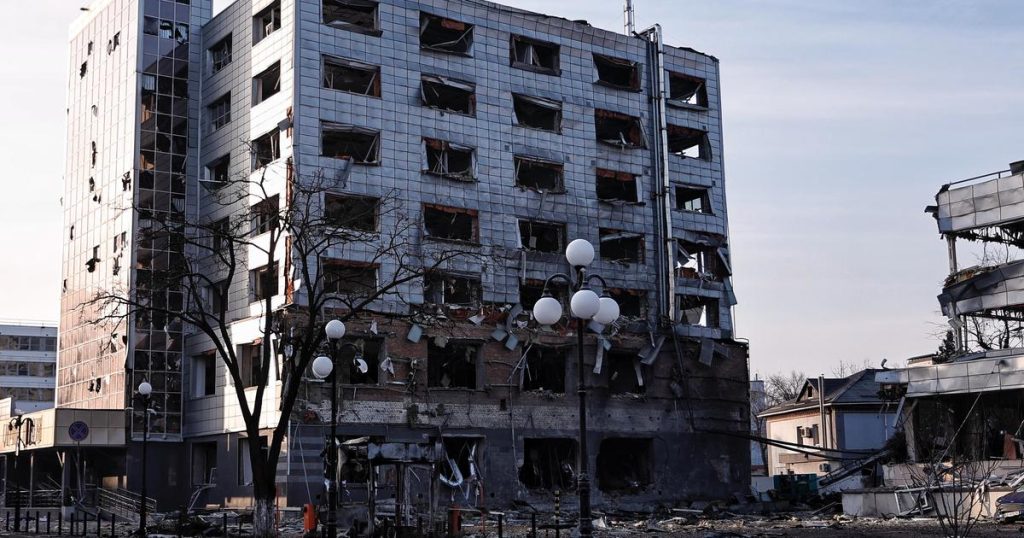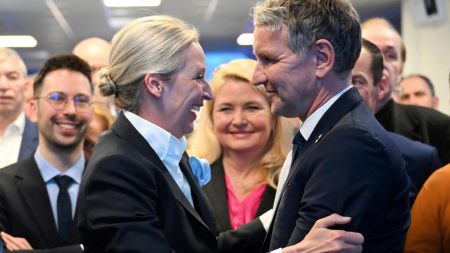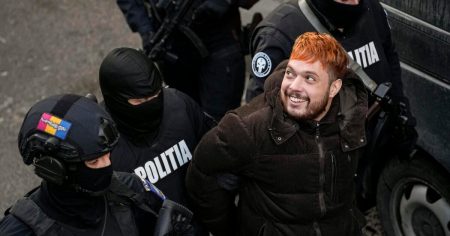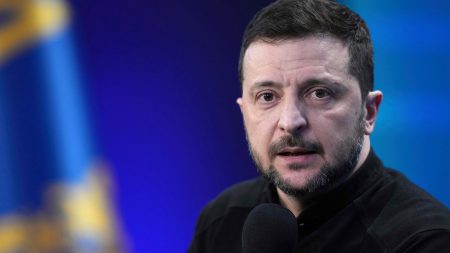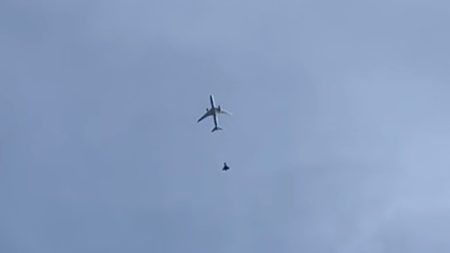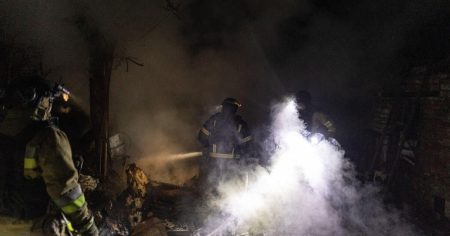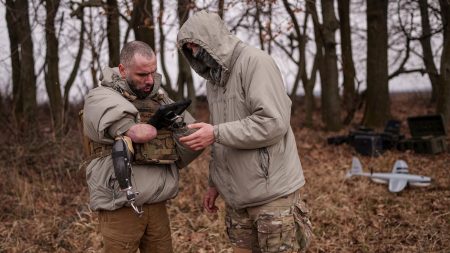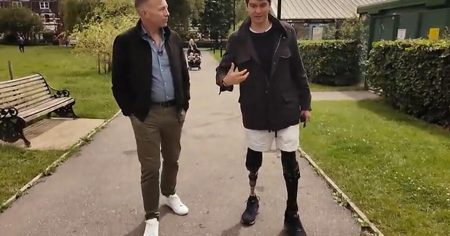Rejection of Territorial Swap and Escalation of Violence
Russia categorically rejected the idea of swapping occupied territories with Ukraine as part of any potential peace deal. This rejection came in response to Ukrainian President Volodymyr Zelenskyy’s suggestion of such a swap, which included Ukrainian-held parts of Russia’s western Kursk region. Kremlin spokesman Dmitry Peskov dismissed the proposal outright, stating, "This is impossible. Russia has never and will never discuss the topic of exchanging its territory." Peskov’s statement underscored Moscow’s firm stance on maintaining control over the areas it has occupied since the invasion began in February 2020.
The rejection coincided with a deadly missile and drone attack on Ukraine’s capital, Kyiv, which resulted in the death of at least one person and injured several others, including a child. The attack, which Zelenskyy described as proof of Russia’s disinterest in peace, caused significant damage to apartment blocks, office buildings, and civilian infrastructure. Journalists reported hearing multiple explosions in the early hours of the morning, and emergency services were quickly deployed to extinguish fires and search for survivors. The Ukrainian air force claimed to have shot down six missiles and 71 out of 123 drones, including Iranian-designed Shahed attack vehicles, but the attack still left a trail of destruction and raised concerns about the safety of civilians.
Zelenskyy’s Call for Unity and Pressure on Russia
In the aftermath of the attack, President Zelenskyy criticized Russian President Vladimir Putin, accusing him of continuing to "kill Ukrainians and destroy cities" rather than pursuing peace. Zelenskyy emphasized the need for international unity and stronger pressure on Russia to bring an end to the war. He wrote on social media, "Only strong steps and pressure on Russia can stop this terror. Right now, we need the unity and the support of all our partners in the fight for a just end to this war." His comments reflect a growing sense of urgency as the conflict approaches its third anniversary, with tens of thousands of lives lost and millions displaced.
Zelenskyy is set to meet with U.S. Vice President JD Vance on the sidelines of the Munich Security Conference, where the war in Ukraine is expected to dominate discussions. This meeting comes amid heightened rhetoric from Moscow, Washington, and Kyiv about the possibility of negotiations. However, the atmosphere remains tense, with both sides dug in over territorial disputes and differing visions for a potential peace agreement.
Trump’s Envoy and the Role of the U.S.
Meanwhile, former U.S. President Donald Trump, who has vowed to end the war in Ukraine, is reportedly exploring ways to leverage American assistance to force territorial concessions from Kyiv. Trump’s special envoy for Russia and Ukraine, Keith Kellogg, is tasked with drafting a proposal to halt the fighting and is expected to visit Ukraine soon. This trip is scheduled just days before the three-year anniversary of Russia’s full-scale invasion on February 24.
Trump recently celebrated the release of Marc Fogel, an American imprisoned in Russia since 2021 on drug charges, and hinted at the possibility of further prisoner exchanges. He expressed optimism that Fogel’s release could mark the beginning of improved relations with Russia, potentially paving the way for peace talks. However, his administration’s approach has drawn criticism, with some accusing him of offering concessions to Moscow while pressuring Ukraine to compromise on its territorial integrity.
The Human Cost of the War
The ongoing violence and diplomatic maneuvers continue to take a devastating toll on civilians in Ukraine. Emergency services in Kyiv reported deploying over 120 rescue workers to three districts of the capital following the latest attack. In the Chernihiv region north of Kyiv, Governor Vyacheslav Chaus revealed that Russian forces had targeted critical infrastructure, wounding at least two people. The combination of missile strikes and drone attacks has left many communities in a state of constant fear, with little respite from the relentless violence.
Despite the challenges, Ukraine’s military has managed to intercept a significant portion of incoming threats, offering some hope for those on the ground. However, the conflict’s broader trajectory remains uncertain, with both sides showing little willingness to compromise on their core demands. As the war drags on, the international community is increasingly pressed to find a way to bring the fighting to an end, even as divisions over how to achieve that goal persist.
The Prospects for Peace
The rejection of Ukraine’s territorial swap proposal and the escalation of violence in Kyiv highlight the deepening stalemate in the conflict. While Zelenskyy calls for greater international pressure on Russia, Putin appears determined to maintain control over the occupied territories, viewing them as non-negotiable. This impasse raises concerns about the possibility of a prolonged war, with neither side willing to back down.
At the same time, the involvement of U.S. envoys and the potential for further prisoner exchanges offers a glimmer of hope for diplomatic progress. Trump’s optimism about improved relations with Russia, however cautious, suggests that there are still avenues for dialogue, even if a comprehensive peace agreement remains elusive.
Ultimately, the path to peace in Ukraine will require difficult compromises and a willingness to address the underlying issues driving the conflict. Until then, the people of Ukraine will continue to bear the brunt of a war that shows no signs of abating, their resilience tested by each passing day.





